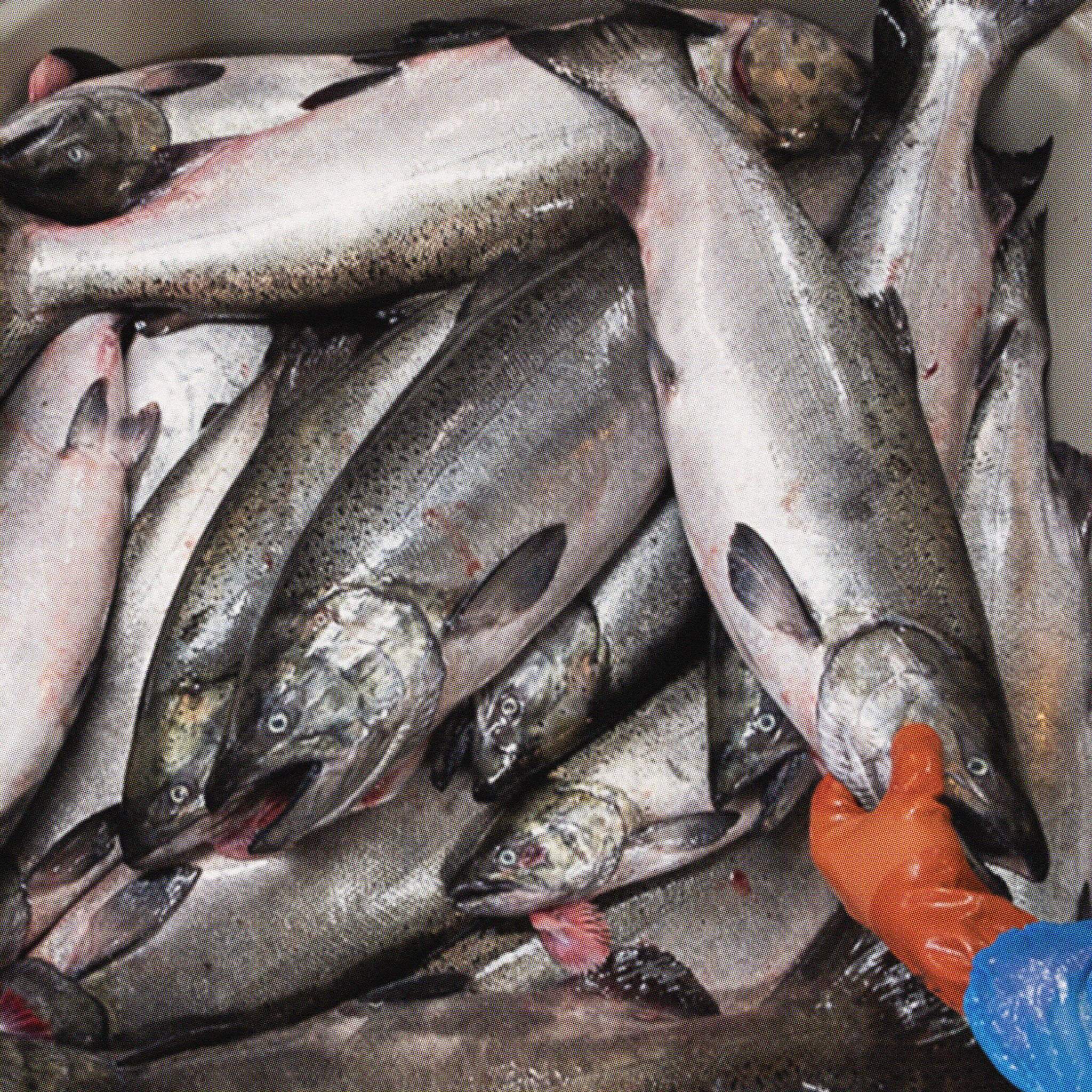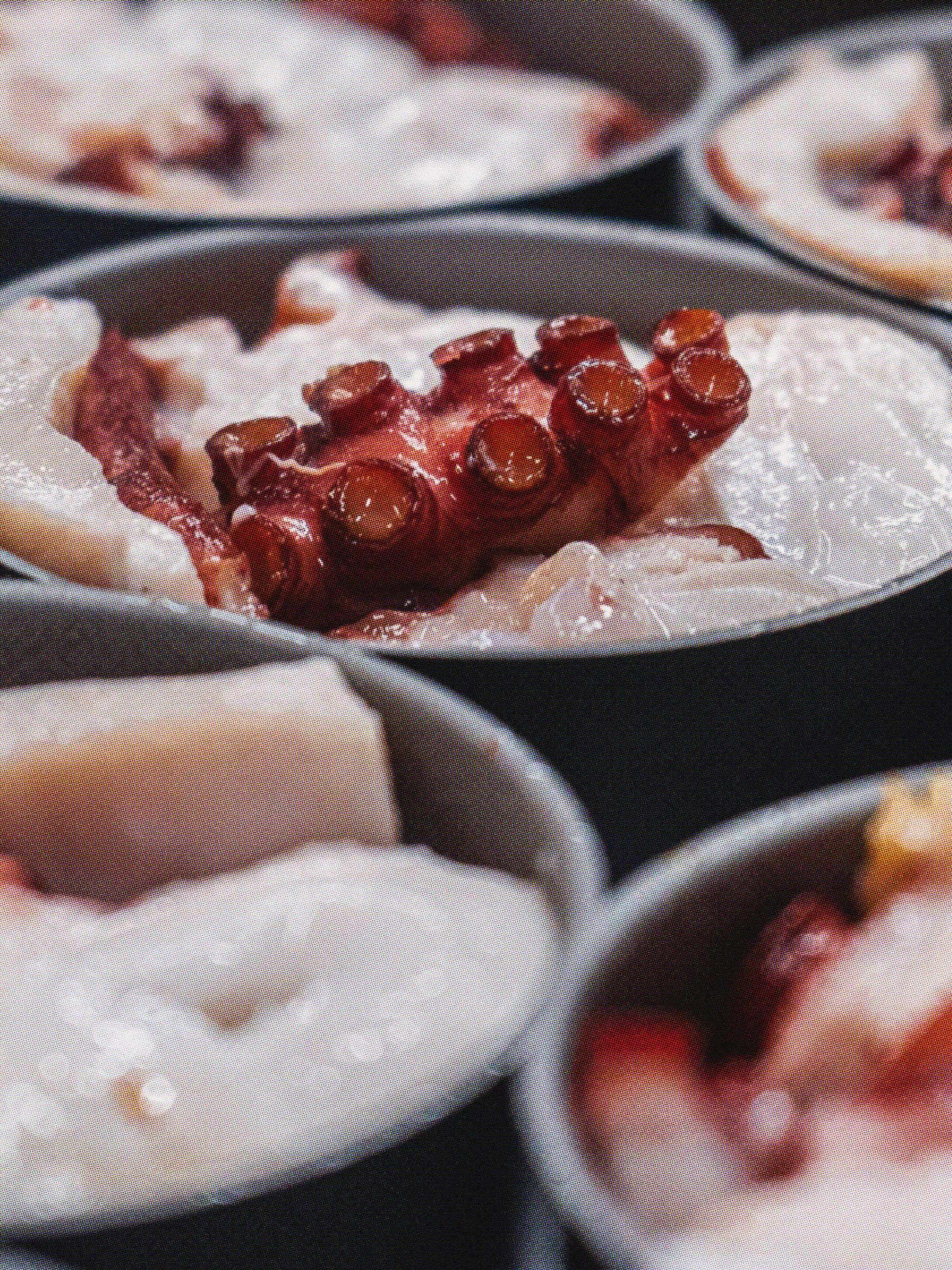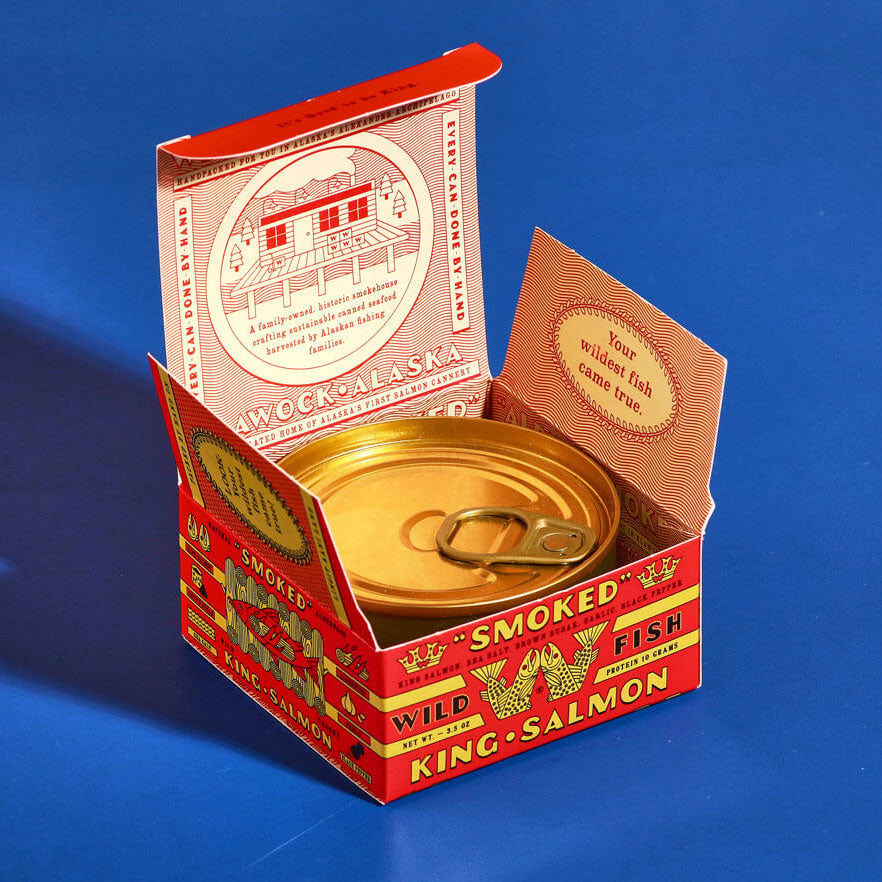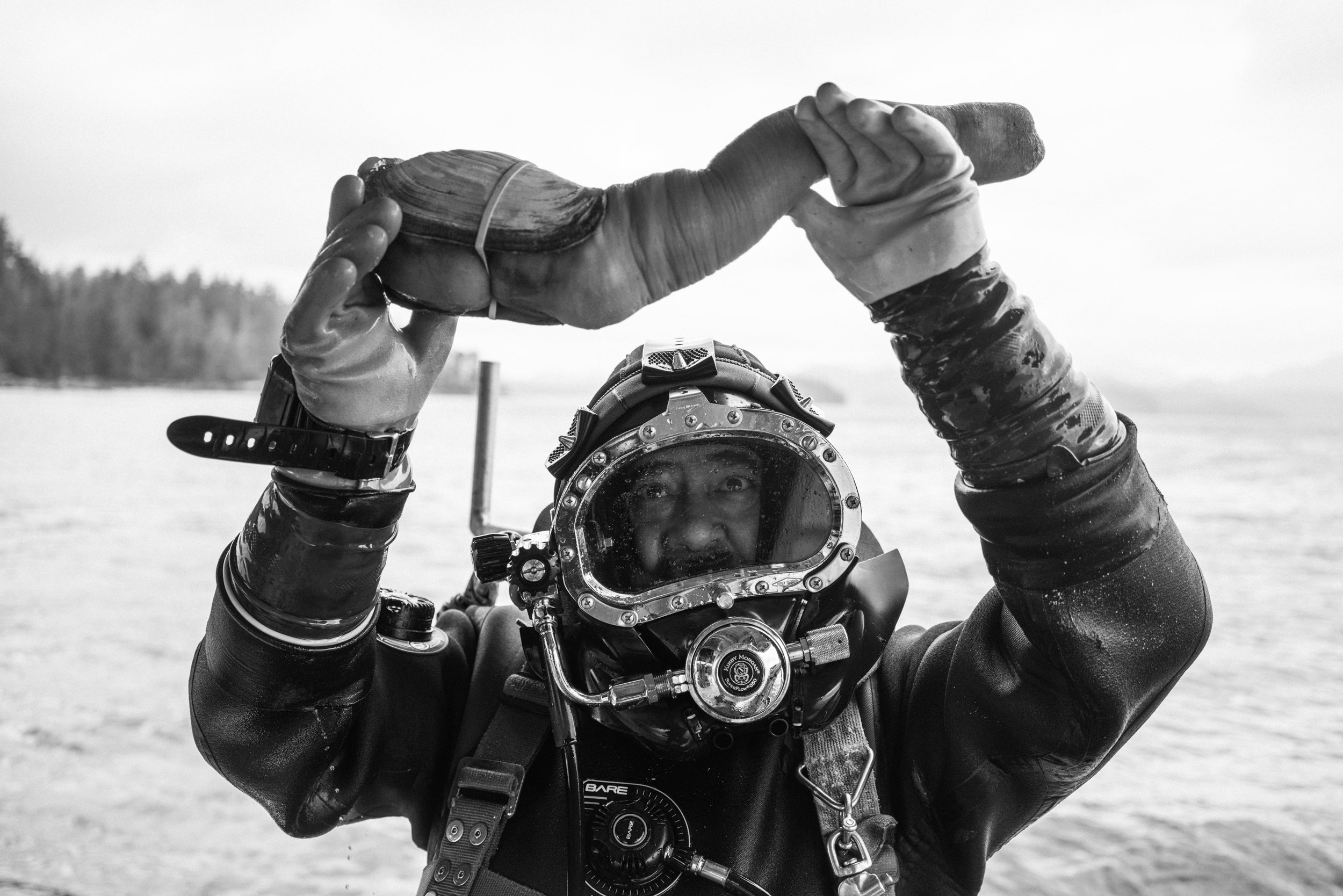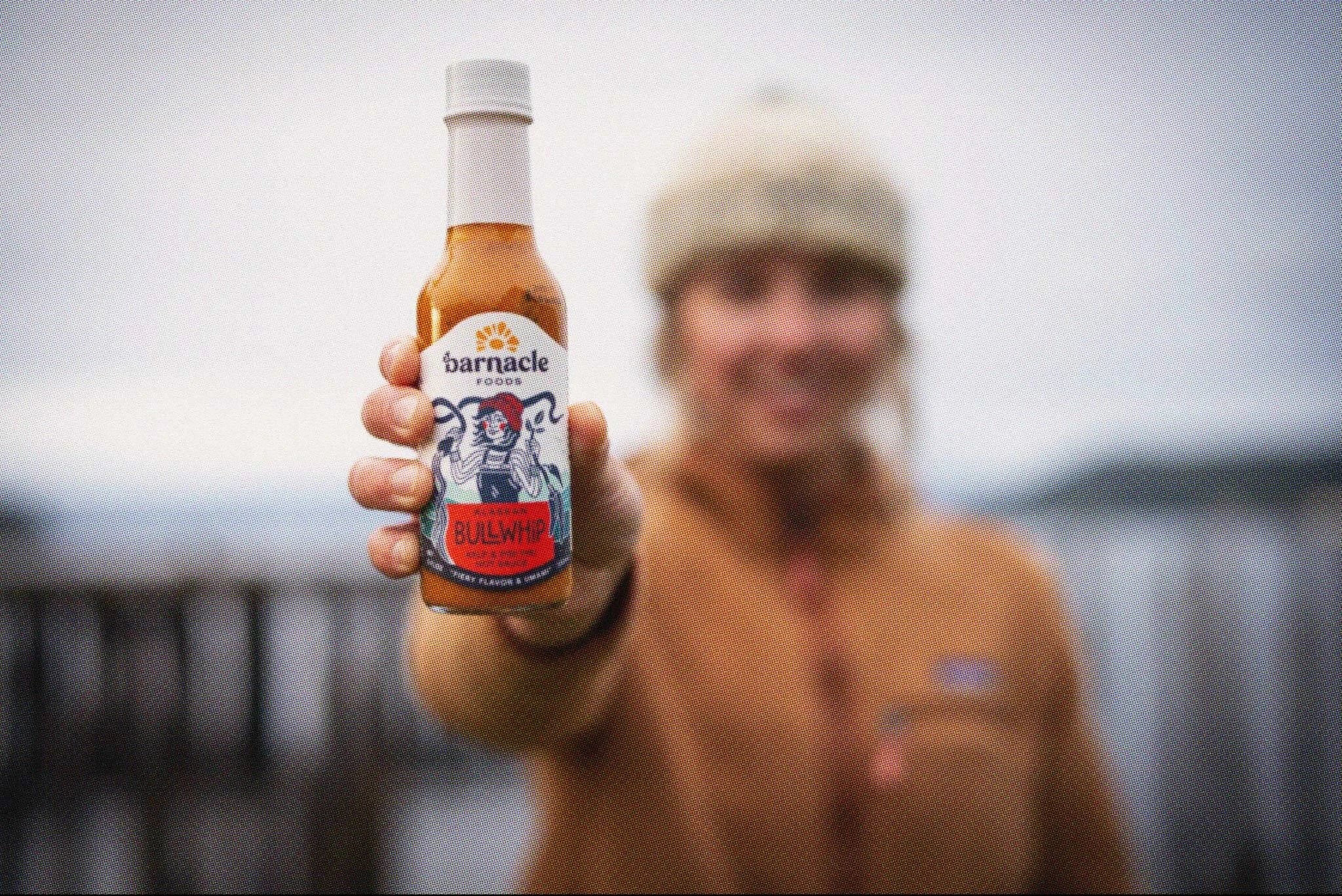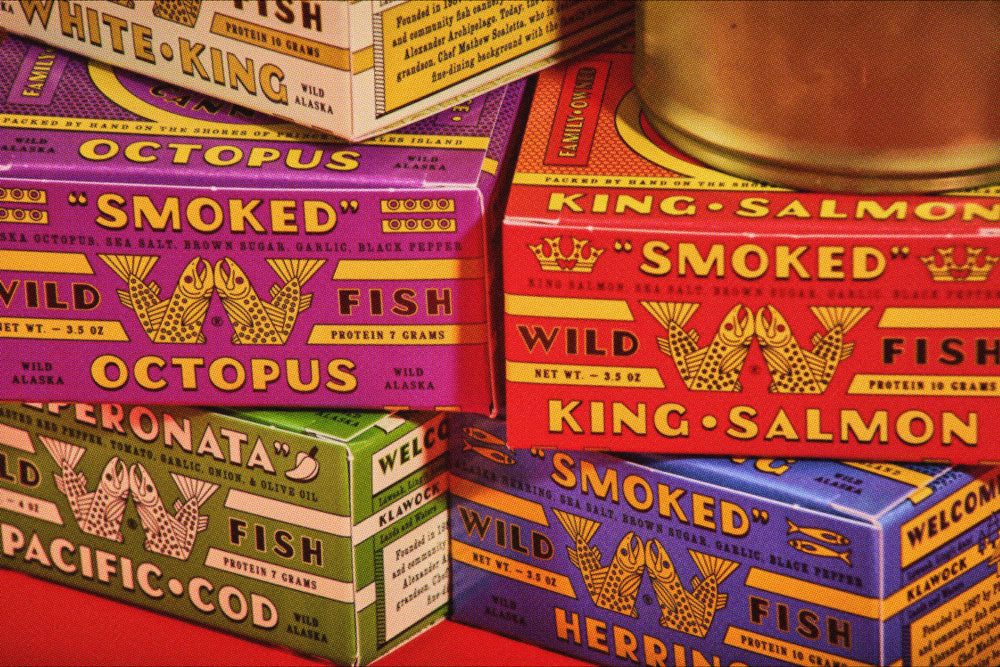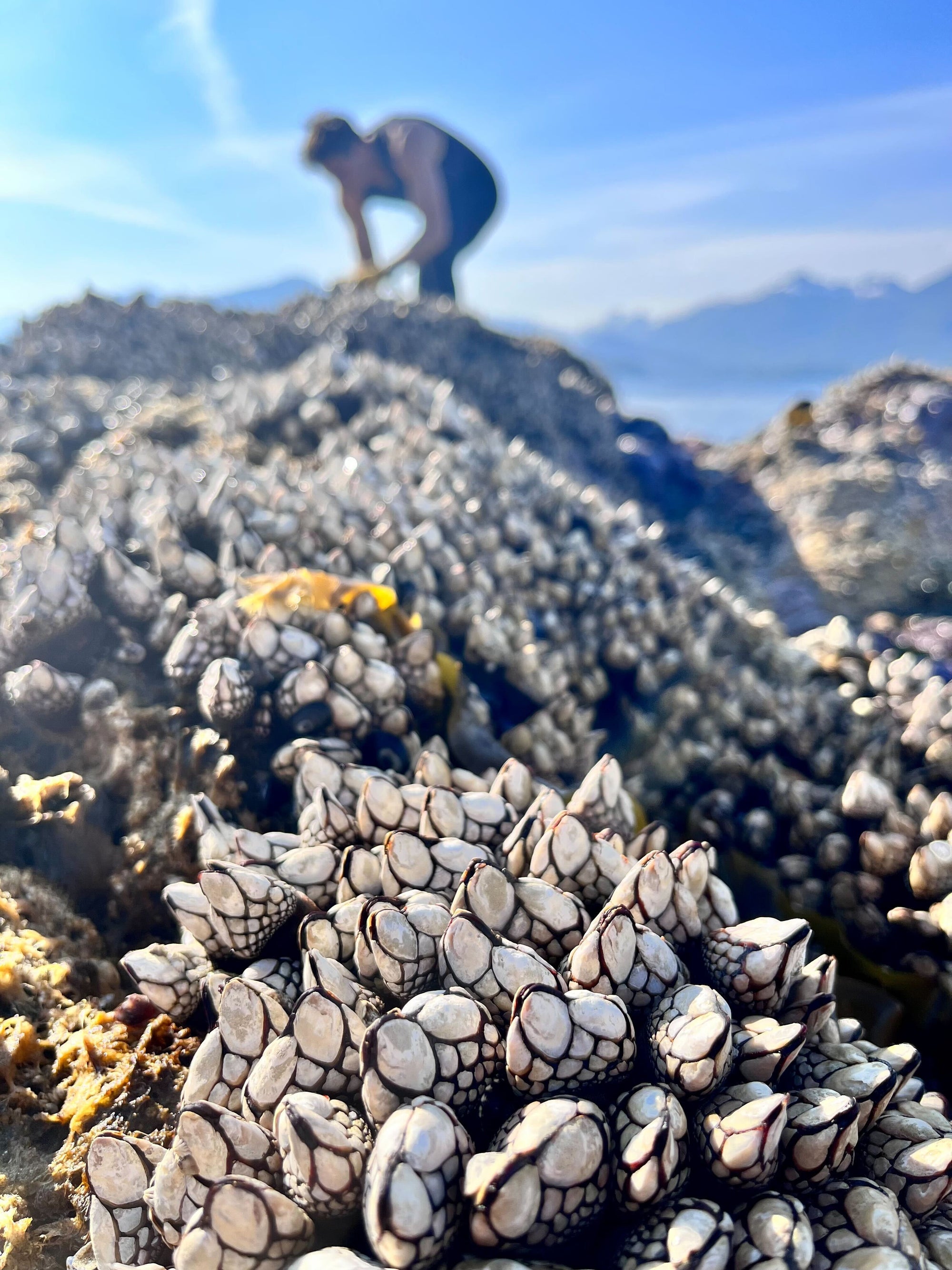

· By Cassandra Squibb
A Day In The Life: Harvesting Gooseneck Barnacles
This story is Part II of a very deep dive we recently took on the topic of Gooseneck Barnacles. If you have a little extra time, you can read Part I here!
Part II: A Day in the Life
What dictates Evan O'Brien's harvesting schedule? In the world of Gooseneck Barnacles, harvesting is timed to the tide’s drum. The lowest and most extreme tides expose harvesting areas for the most prized Goosenecks. And given O'Brien's adventurous spirit, it’s no surprise he’s tested all seasons, but the most suitable conditions occur in late spring and summer, when the Midnight Sun smiles brightly on Alaska’s harvesters.
Gooseneck Barnacles canvas nearly every rocky outcrop of Baranof island’s outer coast, accessible from O’Brien’s hometown of Sitka. But like an early century pioneer yet to realize a claim was simply “fools gold,” Evan had to learn that the vast canvas of Goosenecks blanketing the easy-to-harvest rocks was not the bounty he wanted. It was the ultimate tease: the plumpest, most desirable Goosenecks were always slightly out of reach, nestled comfortably in uncompromising positions along the rocky cliffs of smaller surrounding islands, continuously battered by waves like Mother Nature’s Theragun.

A trusty vessel is required to shuttle to these harvesting grounds. However, these islands are essentially absent of human activity, meaning there are no places to dock the boat. So, with the anchor set nearby, Evan swims to each one. “Even on the calmest days, the swell doesn’t lay down much.” When O'Brien reaches an island, he moves swiftly to mind his tidal deadlines amidst a cornucopia of unimaginable marine life. “It’s a tide poolers heaven out there,” delights Evan with the sparkling eyes one might see on a visit to Neverland.

Harvesting occurs swiftly and with precision. To ensure the sustainability of the Gooseneck resource, only one foot of barnacles may be harvested for every ten feet of area. These measures are part of O'Brien's test fishery protocols, but his transportation method (ahem, swimming out!) naturally limits the number of barnacles that can be harvested. It would undoubtedly be a jolly sight to see O'Brien toss a bag of barnacles over his shoulder and re-enter the sea, but as you might imagine, there’s nobody else around.
When he returns to Sitka, Alaska, O'Brien grades the Goosenecks by size and packs them for shipping fresh. To make matters even more intense, this work must be done on the same day as the harvest to preserve the freshness of the catch. In addition to Wildfish Cannery, O'Brien sells to a few local restaurants and a handful of gourmet purveyors and Chefs in the Lower 48. “The people I meet that love Goosenecks are fanatical about them. Something about them makes people more excited and passionate than any other kind of seafood.”
So how do tinned Wildfish Cannery Gooseneck Barnacles taste? There’s something about the canning process that makes a tinned Gooseneck even better. "The texture is softer, and the tenderness and the briny flavor is similar to an olive,” reminisces O'Brien when describing his first taste of the Wildfish tinned. “The high-pressure methods of preserving seafood impact the proteins in ways that cannot be achieved through traditional cooking methods,” adds Mathew Scaletta of Wildfish Cannery, “I’ve always felt that canning was next-level cooking, and this is a perfect example of that.”
And there’s more to this product than simply being rare, seasonal, or unique. It’s the effort that goes into each tin, the perfect tide, a vigorous swim in and out of the harvest grounds, the swiftness required to bring fresh Goosenecks to the cannery, and the precision needed to preserve these rare morsels in a tin. It’s all here to enjoy for a lucky few you to enjoy.
All of the featured photos in Part II: A Day in the Life are courtesy of Will O'Brien (@willobbe). Hungry for more? Follow Evan's adventures @merrickshellfish
